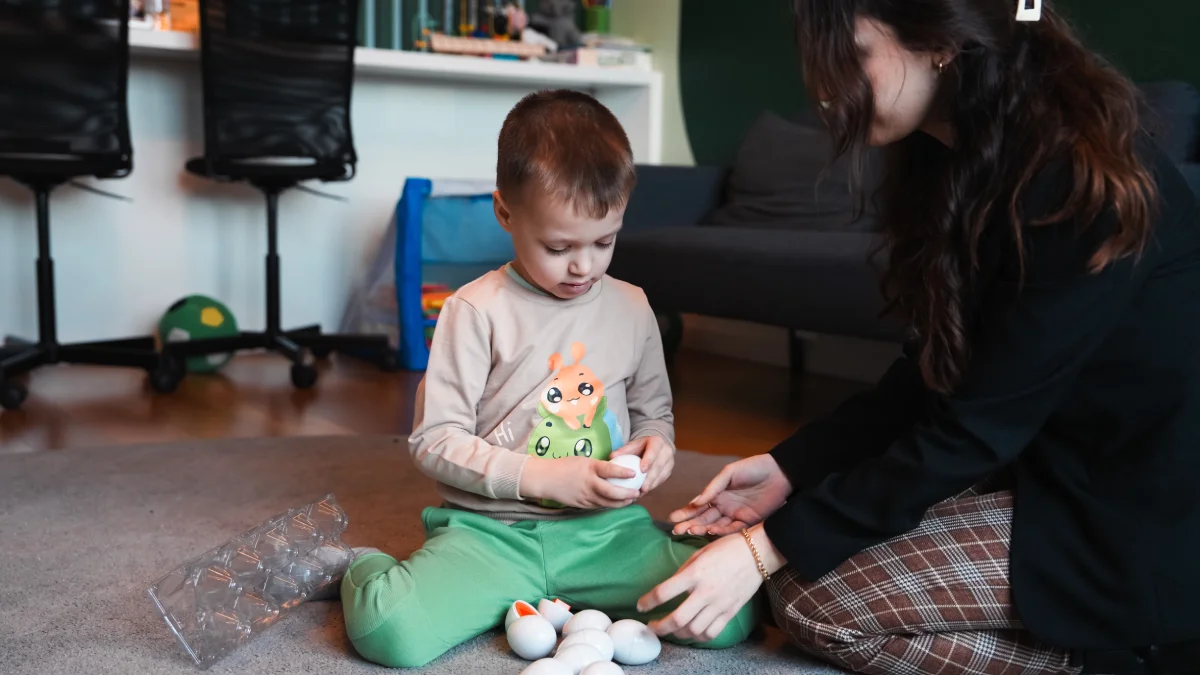Autism Spectrum Disorder (ASD) brings with it unique challenges—one of the most distressing for both children and caregivers being phobias. While many children go through phases of fear, autistic children often experience intense, long-lasting fears triggered by seemingly minor stimuli. Understanding these triggers and knowing how to create a supportive environment is essential. At the same time, emerging biological treatments like Stem Cell Therapy for Autism offer complementary avenues for improving emotional regulation.
Table of Contents
Why Phobias Develop Differently in Children with Autism
Children with autism often perceive the world through a heightened sensory lens. This means everyday noises, textures, or situations can become overwhelming. According to the National Autistic Society, anxiety and phobias are more common in autistic children than in neurotypical peers due to differences in sensory processing and communication.
Dr. Temple Grandin, a renowned autism advocate and scientist, notes, “The world is a loud, unpredictable place for a child with autism. Predictability and routine offer safety.” When that safety is disrupted, phobias can form.
Common Phobia Triggers in Autistic Children
Understanding what might trigger phobias in children with ASD is key to early intervention. Here are some common triggers:
- Loud Sounds: Vacuum cleaners, fire alarms, hand dryers, or even the blender can cause panic.
- Bright Lights or Certain Patterns: Fluorescent lighting or highly patterned walls can be overwhelming.
- Social Situations: Large crowds, unfamiliar faces, or changes in routine.
- Animals or Insects: Some children may fear dogs, cats, or bugs due to unpredictable movements or sounds.
- Medical Environments: Fear of doctors, white coats, or hospital settings—especially if they have had past traumatic experiences.
- Costumes or Masks: Halloween or school plays can trigger fear due to difficulty recognizing faces.
In many Stem Cell Therapy for Autism Reviews, parents noted that as general anxiety reduced post-treatment, the intensity of these phobias also decreased.
The Role of Environmental Adjustments
Mitigating triggers begins with creating a safe, structured, and calming environment. Experts suggest:
- Noise-canceling headphones for auditory-sensitive children.
- Visual schedules to prepare children for transitions.
- Soft lighting and neutral décor in home and therapy settings.
These strategies are not only backed by behavioral therapy literature but are also often integrated into clinical protocols at the Best Stem Cell Clinics for Autism to enhance treatment outcomes.

Stem Cell Therapy and Emotional Regulation
Stem cell therapy is gaining traction as a potential tool to support emotional and cognitive improvements in children with ASD. Though still experimental, many families share hopeful experiences.
- How Effective is Stem Cell Therapy for Autism? While not a cure, multiple studies and testimonials suggest improvements in emotional regulation, communication, and adaptability.
- Stem Cell Therapy Autism Success Rate: Clinics report varying success rates, but some show over 60% of participants experience moderate to significant improvements.
- Stem Cell Therapy Autism Clinical Trials: Ongoing globally, focusing on neuroinflammation and immune modulation.
By improving brain function and reducing systemic inflammation, stem cell therapy may help reduce the severity or frequency of phobia responses.
Addressing Cost and Accessibility
- Cost of Stem Cell Therapy for Autism: Ranges widely, typically $5,000–$25,000 per round depending on the clinic.
- Stem Cell Therapy Autism Near Me: Clinics in Panama, India, the USA, and Ukraine lead current treatment efforts. Always verify licensing and research credibility.
Success Stories and Testimonials
In several Stem Cell Therapy Success Stories Autism, parents reported not only improvements in language and social interaction, but also in reduced anxiety and fewer phobic reactions. For example, a child who previously panicked in crowded malls began tolerating group play after stem cell therapy.
These stories, while anecdotal, reflect trends that clinical trials aim to quantify.
Are There Side Effects to Be Aware Of?
Stem Cell Therapy Autism Side Effects are rare but may include:
- Low-grade fever
- Headache or fatigue
- Injection site discomfort
Most effects are mild and temporary when therapy is administered in certified clinics following standard protocols.
Final Thoughts: A Holistic, Individualized Approach
Combining a calm, trigger-aware environment with medical innovations like stem cell therapy may offer the best path forward. Phobias don’t define a child—they are symptoms of a deeper challenge, which with the right tools, can be gently addressed.
FAQ: Autism, Phobias, and Stem Cell Therapy
Can stem cell therapy cure my child’s phobias?
No, but it may reduce overall anxiety, making phobias more manageable.
What is the best way to identify a trigger?
Observe and document patterns around fear reactions; consult with a therapist.
Are certain therapies better for phobia management?
Yes. CBT, exposure therapy, and occupational therapy are often helpful.
How do I know if a clinic is reputable?
Look for clinical trial participation, licensed medical staff, and published outcomes.
Can environmental changes help more than therapy?
They often work best in combination. Creating a safe space can make therapy more effective.

